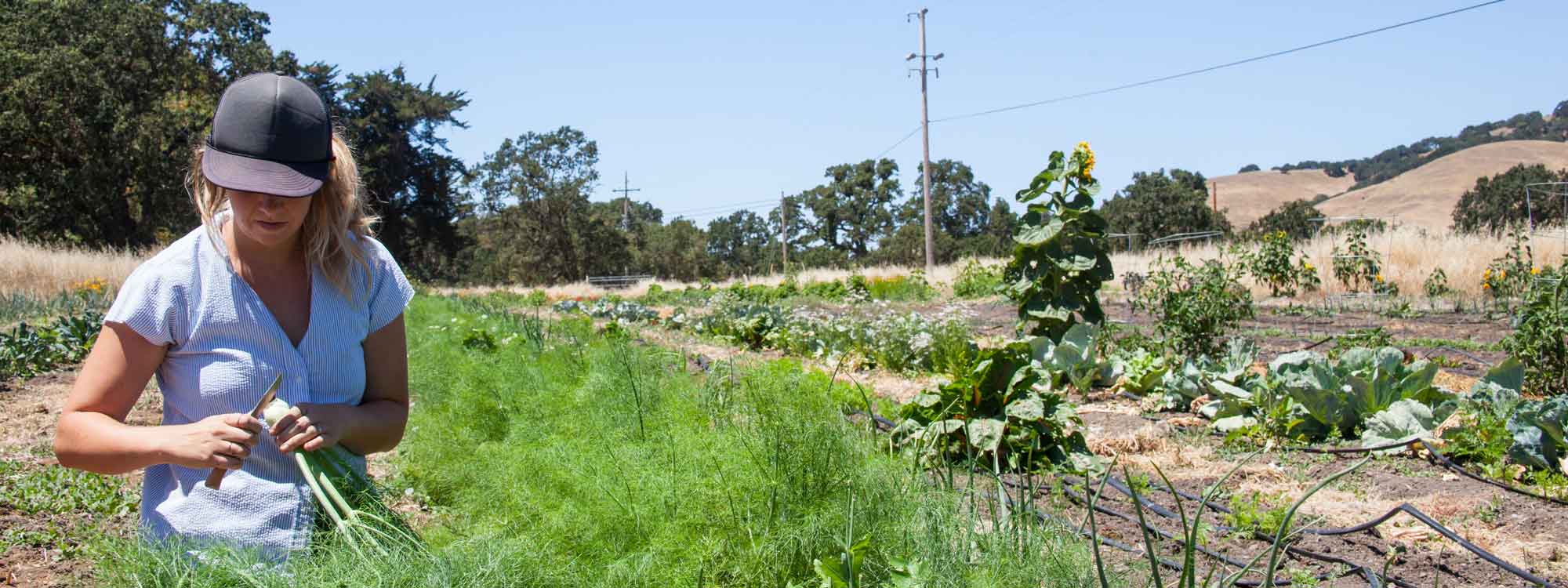The Bay Area has lost 217,000 acres of farms and ranches over the last 30 years. Today, there are 200,000 more acres of agricultural land at risk of being converted to development.
In order to protect our local food culture, each county in the Bay Area deals with its own unique agricultural challenges and opportunities based on everything from terrain to political climate. Our new report, HomeGrown: Tools for Local Farms and Ranches, is a collection of tools and best practices that can help overcome the top issues farmers and ranchers face. Best of all, the tools shared in this report can all be adapted to any Bay Area county.
Below are five things that can be done in every county to help farms and ranches:
- Adopt an agricultural policy that supports farmers’ rights, avoids converting farmland to urban uses, and mitigates for unavoidable losses.
- Dedicate county personnel to assist and advocate for farmers and ranchers on local regulatory and planning issues.
- Demonstrate and publicize the economic, social, and environmental values of the county’s farms and ranches.
- Promote and market local farm direct sales efforts, such as U-picks, farmers’ markets, and community-supported agriculture programs to both residents and visitors.
- Identify long-term funding mechanisms to invest in these and other programs.
Learn more about how governments can protect the Bay Area’s agricultural lands and support local farmers and ranchers.
Get HomeGrown
Why We Wrote HomeGrown
In 2011, Greenbelt Alliance investigated the state of Bay Area agriculture in Sustaining Our Agricultural Bounty. We identified challenges throughout the region, such as high land costs, inadequate infrastructure, regulatory challenges, and lack of access to capital.
In 2015, we delved deeper. We asked, given so many challenges, how do Bay Area farmers and ranchers succeed? How can they overcome such long-identified barriers?
Our research paired with interviews of farmers, ranchers, government officials, and agriculture leaders found that the same barriers from 2011 remain and continue to challenge the economic viability of farming and ranching.
Converting working lands to urban development continues to threaten the future of the region’s food industry and the social, economic, and natural values the industry provides.
But we also learned that in individual locations throughout the state, people, organizations, and governments have been innovating. Different groups and governments have created their own tools to overcome the major barriers facing farmers and ranchers—and they are making localized progress.
Now it is time to build upon these efforts. Collaboration among farmers and ranchers, governments, nongovernmental organizations, and the public is key to amplifying many of the ideas, tools, and programs so that we can make a larger, region-wide impact.
There are many additional best practices highlighted in HomeGrown. Download the report to find the complete set of Greenbelt Alliance’s recommendations to help farmers and ranchers succeed.
Photo: Zoe Meyers ©




